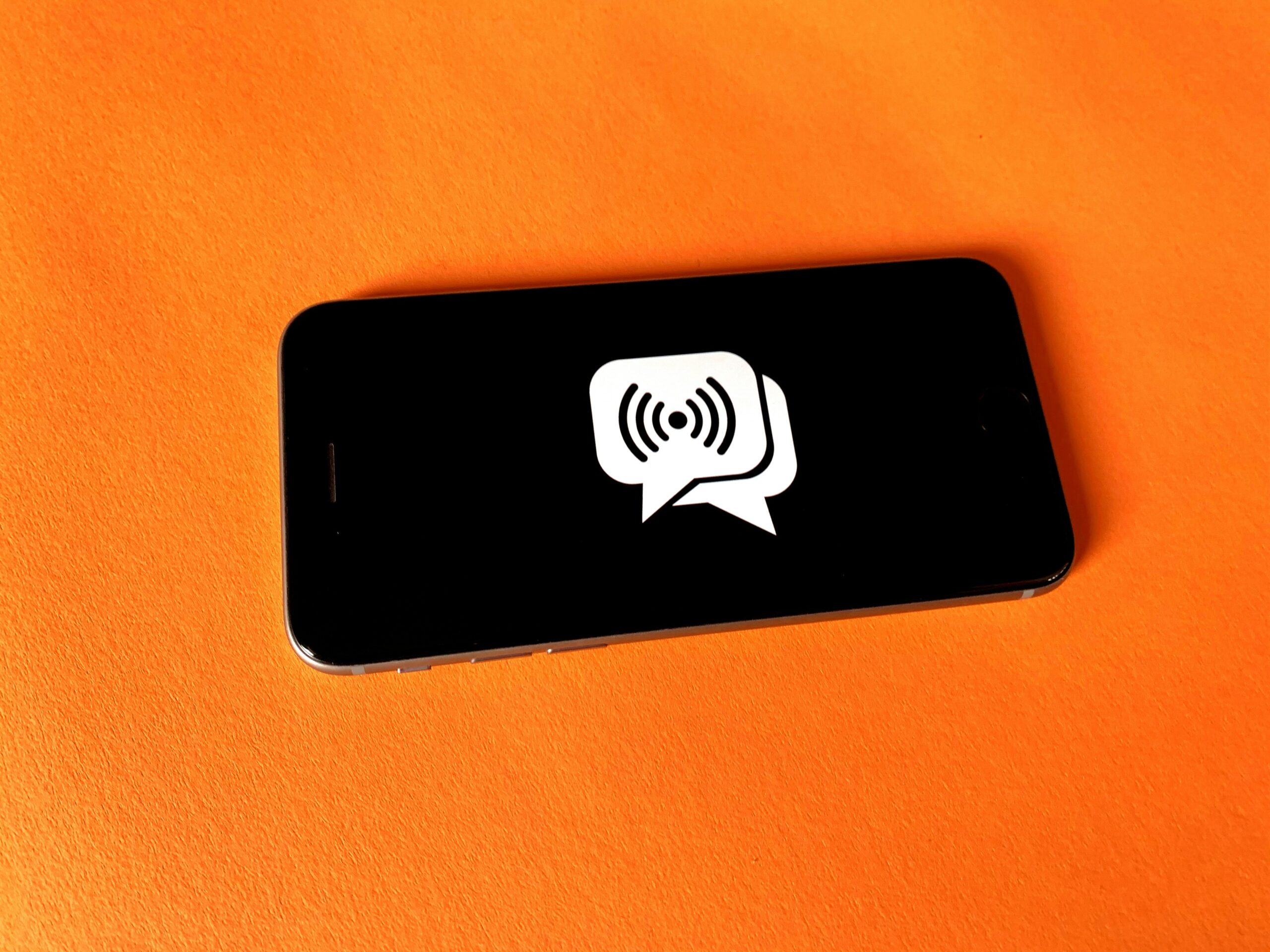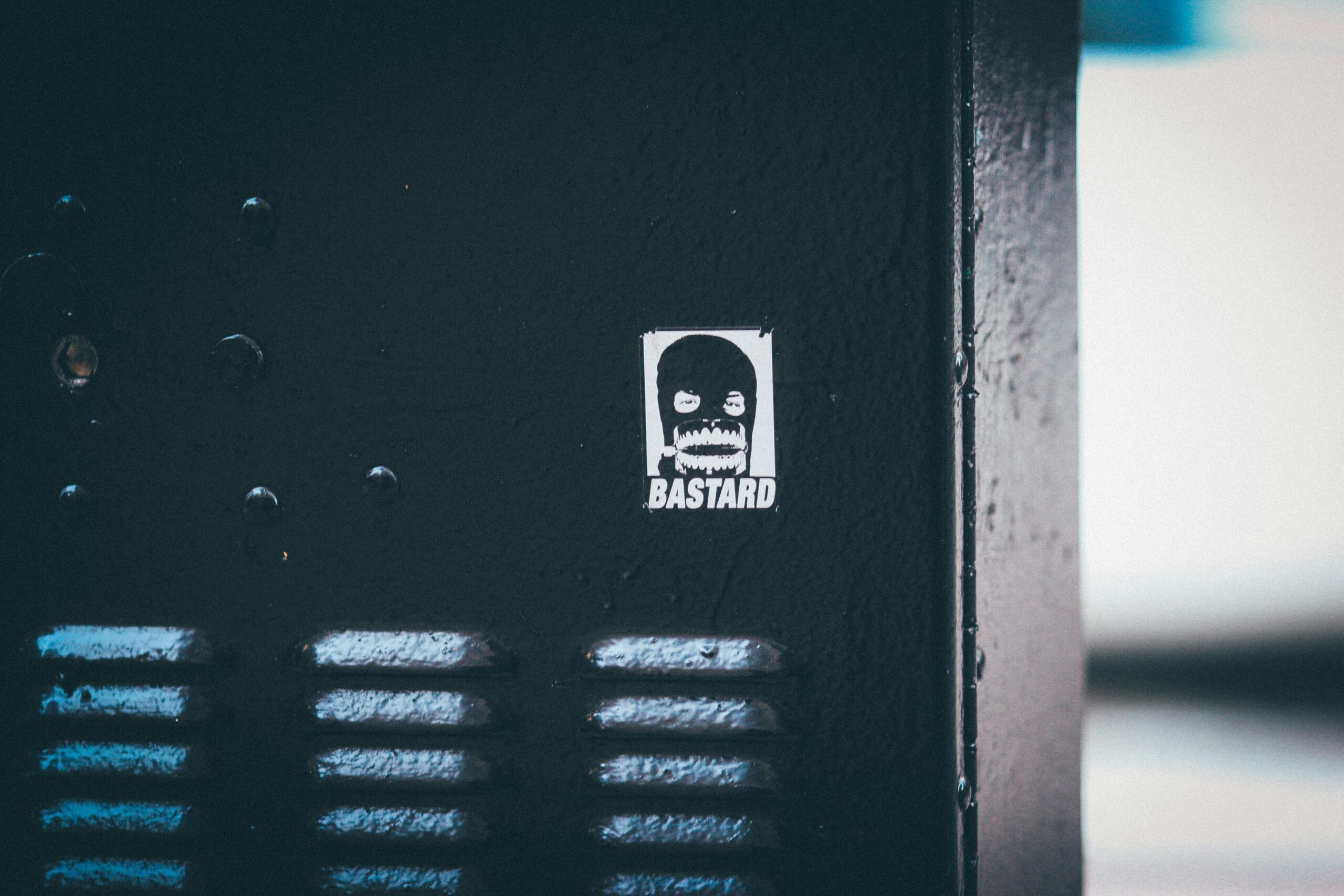Ever sent a sensitive work email or texted your credit card number, only to realize your connection dropped mid-send? Yeah, me too. It’s a sinking feeling that screams: “Is my data floating around cyberspace right now?” The good news? You can avoid this digital disaster by using secure communication apps with a monitoring kill switch.
In today’s post, we’ll dig into why a kill switch is critical for secure communications and how you can set one up. Expect a step-by-step guide, actionable tips, real-world examples, and—of course—a sprinkle of brutal honesty along the way.
Table of Contents
- Key Takeaways
- Why Secure Communication Apps Are Non-Negotiable
- How to Set Up a Monitoring Kill Switch
- Secure Communication App Tips & Best Practices
- Real-Life Examples of Kill Switch Wins
- FAQs About Secure Communication Apps
Here’s What You’ll Walk Away With:
- A clear understanding of why secure communication apps protect your data.
- Step-by-step instructions to enable a monitoring kill switch.
- Actionable advice for vetting and using these tools effectively.
- Real-life use cases where a kill switch saved the day.
Why Secure Communication Apps Are Non-Negotiable
“Optimist You: ‘I’ll just use Signal—it’s end-to-end encrypted, so I’m covered!’ Grumpy You: ‘Ugh, but what happens when the encryption fails because your connection drops?'”
Here’s the harsh truth: Encrypted messaging apps like Signal, Telegram, or WhatsApp are great, but no app is foolproof. If your internet connection falters while you’re sending sensitive information, your data might be exposed without you even realizing it. That’s where a monitoring kill switch comes in—it automatically cuts off all outgoing connections if your app detects an insecure state.

Figure 1: Recent stats showing the rise in unsecured data transmission incidents.
Personal Fail: A Lesson Learned the Hard Way
I once trusted my VPN alone to handle my online privacy. Big mistake. When its connection briefly dropped during a client call over Zoom, I thought everything was fine until weeks later when suspicious activity showed up on my account. Moral of the story? Always pair encryption with something extra—like a kill switch—for added peace of mind.
How to Set Up a Monitoring Kill Switch
Setting up a monitoring kill switch isn’t rocket science, but it does require some hands-on effort. Let’s walk through the steps together.
Step 1: Choose Your Secure App Wisely
Not all secure communication apps come equipped with this feature out-of-the-box. Look for options like ProtonMail, Wire, or NordVPN that explicitly mention “kill switch” functionality in their settings menus.
Step 2: Enable Kill Switch in Settings
Once you’ve selected your app:
- Navigate to the app’s preferences menu.
- Locate the “Security” or “Advanced Features” tab.
- Toggle on the “Kill Switch” option.
That’s it! Now, whenever your network goes down or becomes unstable, the app will shut itself off immediately.
Step 3: Test It Out!
Don’t wait for a real emergency to see if it works. Intentionally disconnect your Wi-Fi or disable mobile data temporarily to ensure the kill switch activates as expected.

Figure 2: An example interface demonstrating how to configure a kill switch within an app.
Tips & Best Practices for Using Secure Communication Apps
- Use Strong Passwords: Even the best apps won’t save you from weak credentials.
- Limit Permissions: Only grant necessary permissions to minimize exposure risk.
- Combine Tools: Pair your secure communication app with complementary solutions like firewalls or antivirus software.
- Regularly Update Software: Keep your apps updated to patch vulnerabilities promptly.
Rant Alert: Stop skimping on updates! Yes, they’re annoying, but would you rather deal with a quick download or a catastrophic data breach?
Real-Life Examples of Kill Switch Wins
A company called TechSecure recently implemented kill switches across their team’s secure communication stack. During a routine update, one employee accidentally triggered a DNS error that caused an unexpected disconnection. Thanks to the kill switch, sensitive project files remained protected instead of being transmitted insecurely.
This small fail-safe saved them thousands in potential losses—and made the IT department look like cybersecurity heroes.

Figure 3: Case study showcasing cost savings due to proactive security measures.
Frequently Asked Questions About Secure Communication Apps
Q: Do All Secure Communication Apps Have a Kill Switch Feature?
Nope! Many don’t offer this built-in safeguard, which is why it’s crucial to read reviews and documentation before committing to any tool.
Q: Can I Add My Own Kill Switch to Any Messaging App?
If you’re tech-savvy enough to code custom scripts, sure—but otherwise, stick to platforms already offering this functionality.
Q: Is a Kill Switch Really Worth It?
Absolutely. While inconvenient at times (you might lose access briefly), the tradeoff is worth avoiding potential leaks.
Conclusion
Secure communication apps have become essential in our hyper-connected world. But remember: Encryption alone isn’t enough. By leveraging a monitoring kill switch, you add another layer of protection to keep your private conversations truly private.
We covered why these apps matter, walked through setting up a kill switch, shared actionable tips, explored success stories, and answered FAQs. Armed with this knowledge, you’re ready to take control of your digital safety.
Now go forth confidently knowing your secrets stay locked tight… unless, ya know, someone leaves their phone unlocked. #SafeguardEverything
Bonus Easter Egg:
Like a flip phone from ‘05, Your data stays safe—it's not free. Kill Switches: Chef’s kiss!


